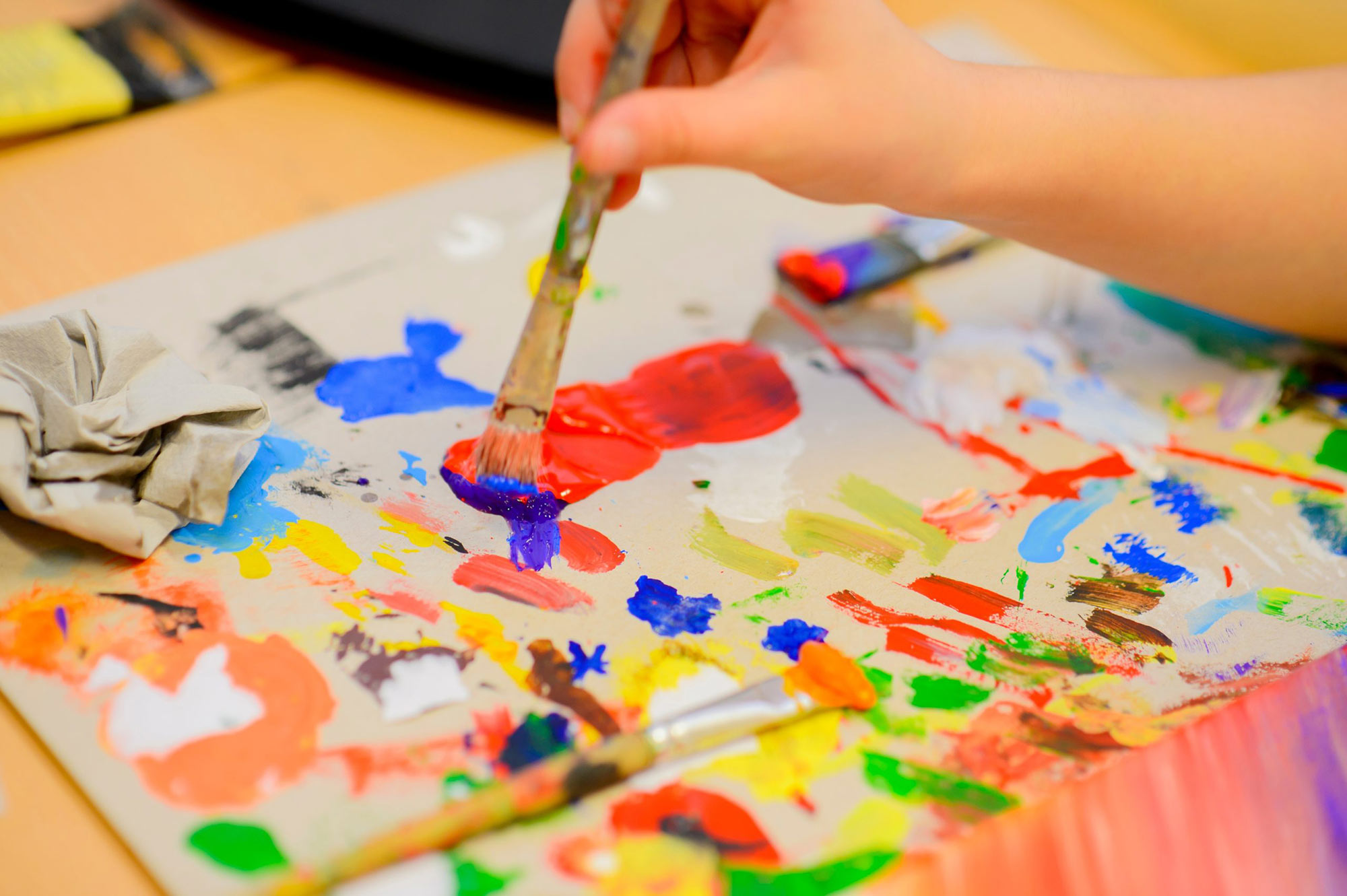CPTED, Our Safety Guard
Have you ever seen the yellow paint on the crosswalk in front of elementary schools? Colorful murals painted on houses and pretty sculptures on the streets are not only ornaments for aesthetic purposes, but also safety guards who protect your communities.
CPTED stands for Crime Prevention Through Environmental Design. It reduces crime and anxiety by improving the quality of life through proper design and effective use of urban and architectural environments. It is a multi-disciplinary theory and a practical strategy. This is not simply latching the door and blocking communication between neighbors to prevent crimes, but rather, creating efficient and beautiful urban environments for buildings, streets, parks, and public places to attract more people. Furthermore, it aims to improve the quality of life by revitalizing local economy.
CPTED turned out to be effective in reducing crime in diverse places, including residential districts, shopping centers, and business districts. In fact, CPTED is applied in various ways around the world. For example, when thousands of visitors come to a local festival or event, crime on the street is significantly reduced; sports and environmental programs are planned to help children stay away from criminal activities and play in the park; fence holes and public artworks are arranged around crime-ridden playgrounds to attract people’s attention.
Effects of Murals

Mural painting is based on natural surveillance and broken window theory among the CPTED theory. Mural painting creates bright streets and draws people’s attention to all corners of the street. Making the streets clean and colorful has a positive effect on people’s emotions. It was also found out that painting murals helped not only prevent crime by improving the environment but also raise a sense of community among residents and activate the local economy by attracting tourists.
How could such improvements happen by simply painting the walls? In CPTED, color can be used to affect human behavior and deter criminal activity. For example, in a crime-ridden area, using bright and bold colors can help attract people’s attention and increase visibility, making it less attractive to criminals. Using comforting colors such as blue or green in crime-prone areas can help create a more peaceful and safer environment.

Colors Affect Human Emotions and Behaviors
Researches have been made on the effects of color on human emotions in a complex and wide range. It turned out that colors can have different effects on mood, emotions, and behaviors.

Red provokes the strongest emotions. The person who sees the red color gets frightened by instinct and becomes nervous without even knowing it. Red is also a warm and lively color, and it makes food more appetizing. If you use this effect properly, you can effectively display warning phrases or induce people to feel dynamic, positive, and enterprising.
Yellow is a warm, gentle, and intelligent color. Yellow symbolizes wisdom, light, and learning in the West, and authority and wealth in the East. Yellow arouses curiosity and makes you feel energized and cozy at the same time. Since it contrasts the most with black, it is often used for packaging materials and warning signs to increase visibility.
Green represents nature and life. It makes you feel safe and secure. Green helps you concentrate, giving credit and making you calm. It is used for exit signs which lead to a safe place.

Blue symbolizes freedom. It makes you calm and stimulates creativity by making things look refreshed and cheerful. Cool colors lower blood pressure, slow down pulse, and stabilize breathing. Therefore, it symbolizes peace and is used for the logos of international organizations such as the UN and UNESCO.
Pink symbolizes youth and femininity. It has a calming effect by creating a friendly and gentle atmosphere. For this reason, the walls of the detention rooms in the U.S. and Switzerland were painted pink, which actually reduced the aggression of inmates. When you calm down, your creativity increases.
Purple symbolizes mystique. It is the color of spirituality and unconsciousness. It is the color for hypnotists, too. Since purple dye was so precious in the past that it was only used for kings and rulers, and so it gives off an authoritative and luxurious image.
In conclusion, CPTED is a powerful tool to reduce crime through environmental design. Using colors is part of CPTED, which can influence human behavior and create a safer environment. Despite that, we need to keep in mind that the effects of color are very complicated in psychology and that the result can vary, depending on each person and cultural differences.